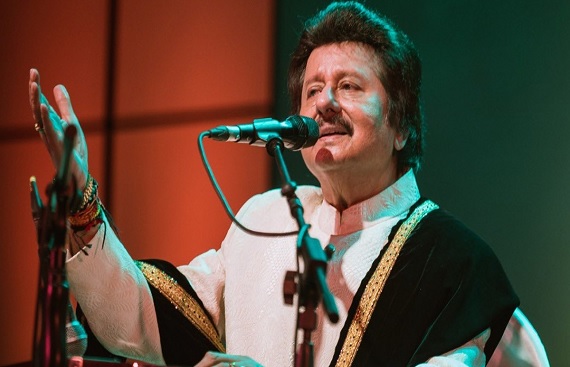Pankaj Udhas a Journey of a Ghazal Maestro from Patriotism to Global Acclaim
By
siliconindia | Tuesday, 27 February 2024, 02:36:33 PM IST

Renowned ghazal maestro Pankaj Udhas, who passed away at the age of 72, began his musical journey at the young age of 11. His first recognition as a singer came when he performed the patriotic song 'Ae mere watan ke logon' during the Sino-Indian War in 1962. A member of the audience was so impressed that he gifted Udhas Rs 51, marking the start of his illustrious career.
Initially trained in tabla, Udhas switched to pursuing music seriously after being inspired by his father playing the dilruba. Born in Jetpur, Rajkot, on May 17, 1951, he later trained in Hindustani classical music in Mumbai. Despite an initial attempt at Hindi playback music in 1972, Udhas found his calling in ghazals.
In the late 1970s, he began performing at international concerts in Canada and the US, laying the foundation for his successful career. His breakthrough came with the 1980 album 'Aahat', the first of many best-selling albums. In 1986, his soulful rendition of 'Chitthi aayee hai' for the film 'Naam' became an anthem for the South Asian diaspora, earning him global recognition.
Despite his success in playback singing, Udhas remained devoted to ghazals. Notable songs like 'Mahiya Teri Kasam' and 'Na Kajre Ki Dhar' further solidified his position in the industry. He mentored a talent hunt program on television, discovering talents like John Abraham.
Pankaj Udhas, whose last film song was in 2016, leaves behind a lasting legacy of timeless ghazals and memorable contributions to Indian music.
Read More News :
Internet in India Report 2023 Highlights Surging OTT Usage and Rural Internet Growth
Sony Music India Reports 11.27% Rise in Net Profit at Rs 227 Crore for FY2



